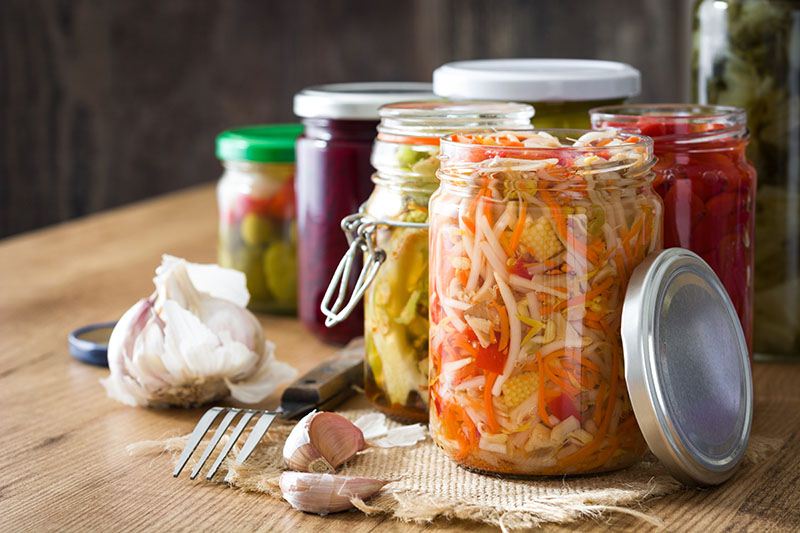Eat These 3 Foods For A Healthy Gut

Every time you eat a meal, you’re also feeding the roughly 100 trillion bacteria that call your gut and other organs home. In the past decade, there has been an avalanche of new research and hypotheses about how the microbes that live inside us affect our health, weight, and even mood. We’ve learned that our intestinal flora impact how we process food, contribute to our immune system, and play a role in regulating inflammation.
That’s because these bacteria aren’t just passively hanging out in digestive organs: They have the ability to break down food remnants (read: fiber) and turn them into usable sources of energy, to synthesize vitamins, to crowd out pathogenic bacteria, and to produce molecules that impact gut function. As many as 1,000 different bacterial strains inhabit our intestines, and each of us has our own unique gut fingerprint of microbes comprised of different species in different proportions. Many factors, including genetics, environment, age, and type of birth (vaginal versus cesarean) help to shape our microbiome — and among the most important is diet.
How What We Eat Affects The Gut
Researchers have discovered significant differences between the bacterial profiles of babies who are breastfed and those who are formula-fed. Our microbiome undergoes another dramatic shift when solid food is introduced, and by the time we reach the age of two or three, our flora have morphed into a pattern that largely resembles the adult gut. Different species of bacteria thrive on different foods, so what we eat alters our intestinal makeup. For example, research shows that the standard Western diet, high in protein and fat, has been associated with a greater proportion of bacteria belonging to the Bacteroides genus. A high-carbohydrate, high-fiber diet, such as that consumed by traditional rural populations, has been correlated with higher amounts ofPrevotella bacteria.
The field of microbiome research is still in its toddler years, so despite what you may have read, scientists still haven’t determined what defines a healthy gut pattern, if such a thing even exists. That said, the evidence does suggest that greater microbial diversity — marked by a large number of unique bacterial strains present in the gut — may be protective. Low diversity has been linked to obesity, insulin resistance, heart disease, and gastrointestinal disorders. Loading up on fiber may be one of the most effective ways to produce a more well-rounded gut community, as diets high in vegetables, fruits, and other fiber-rich foods have been associated with greater microbial diversity.Read more









